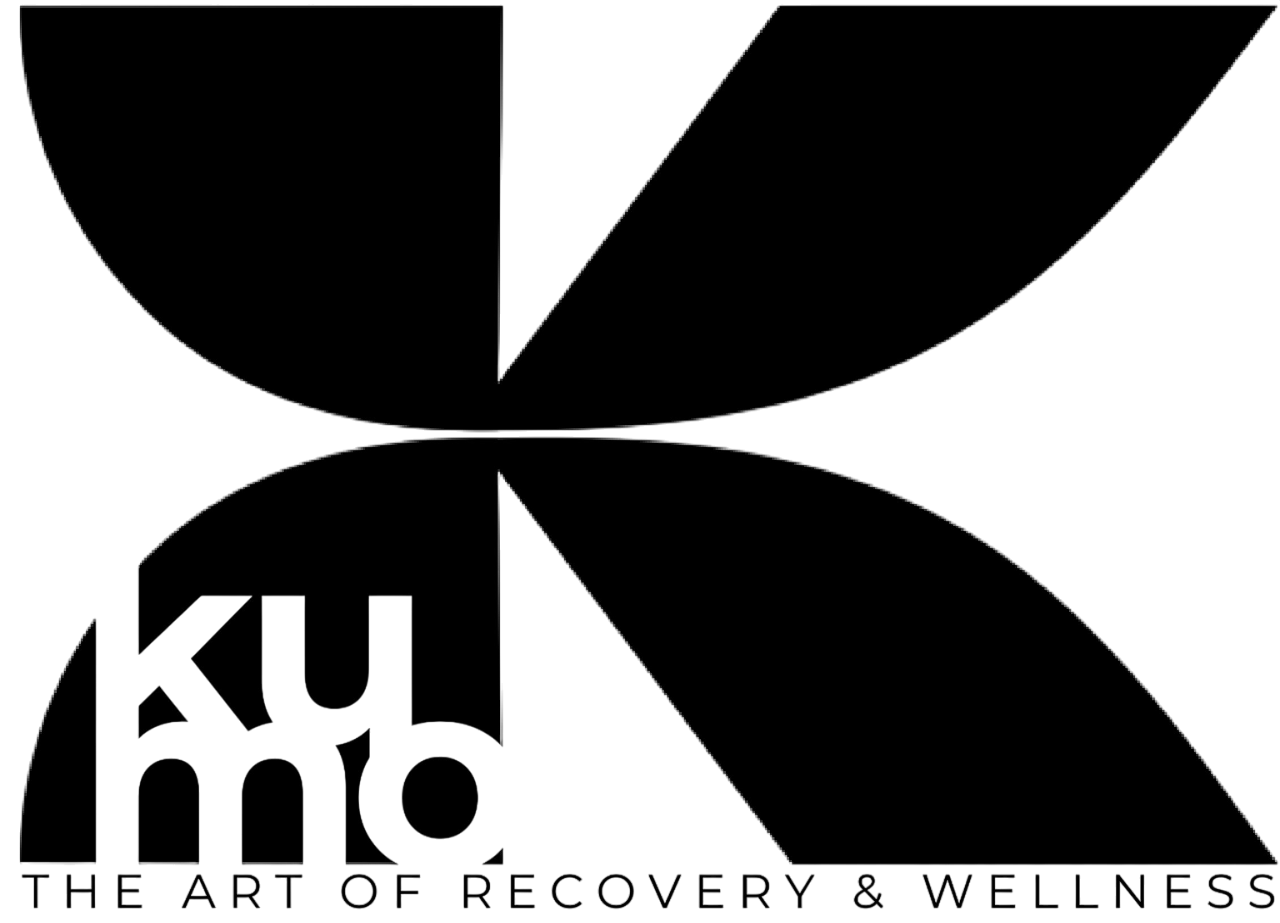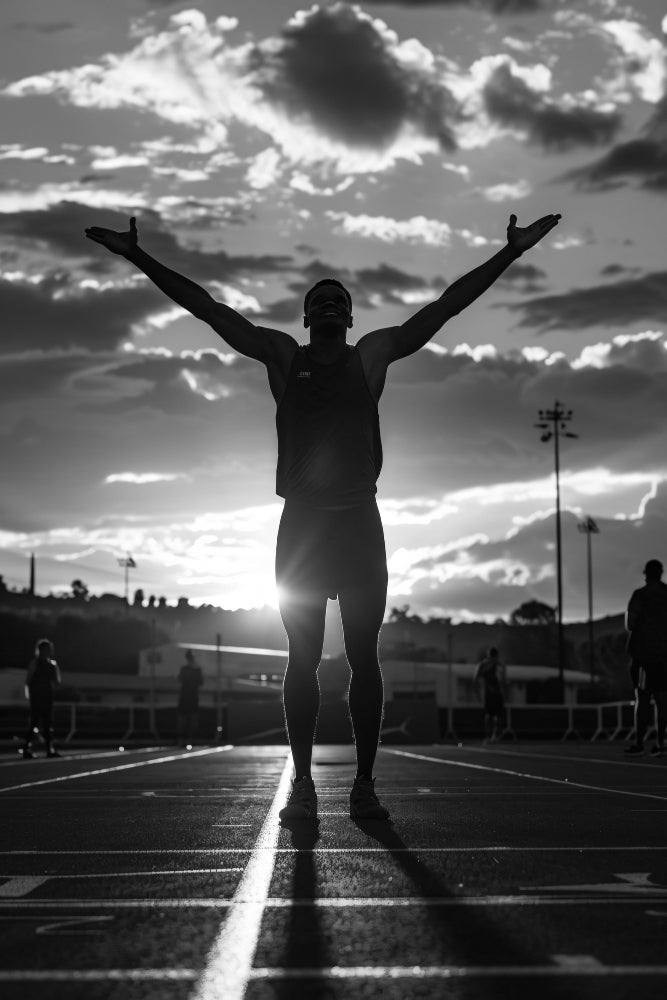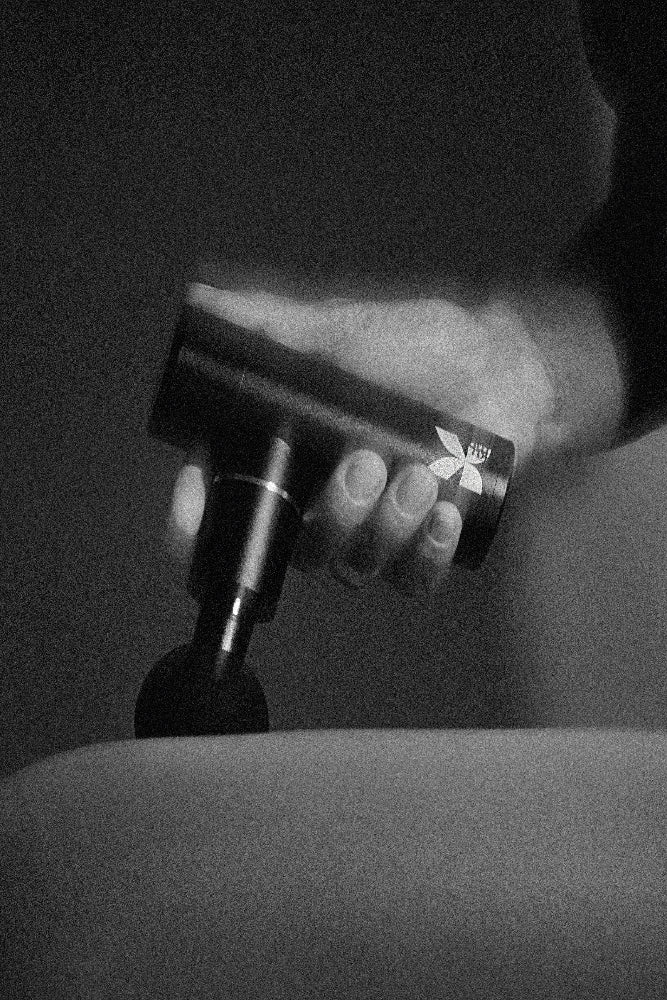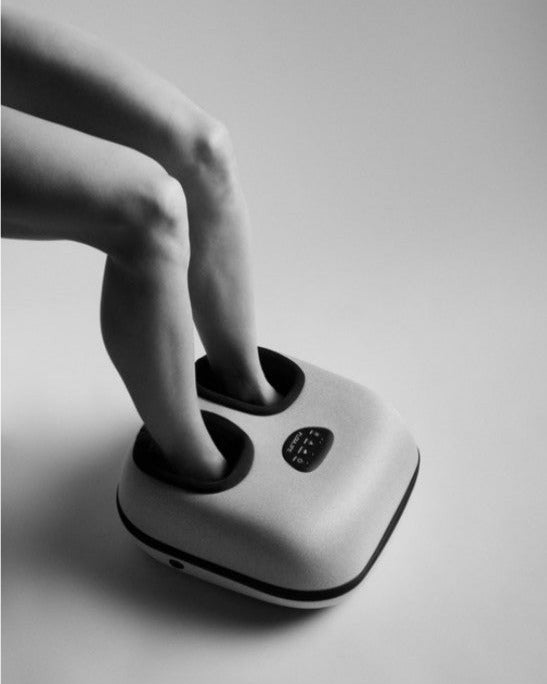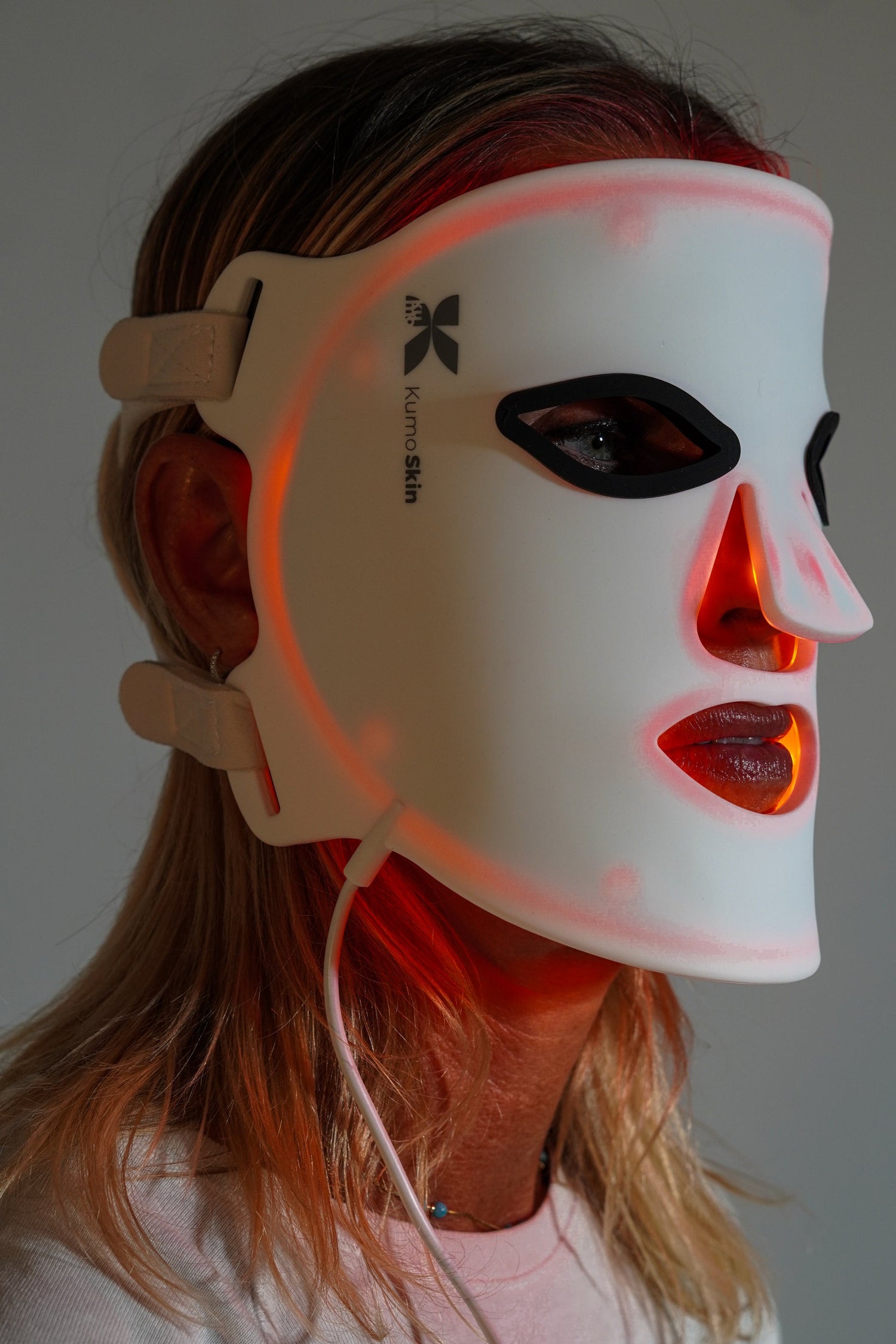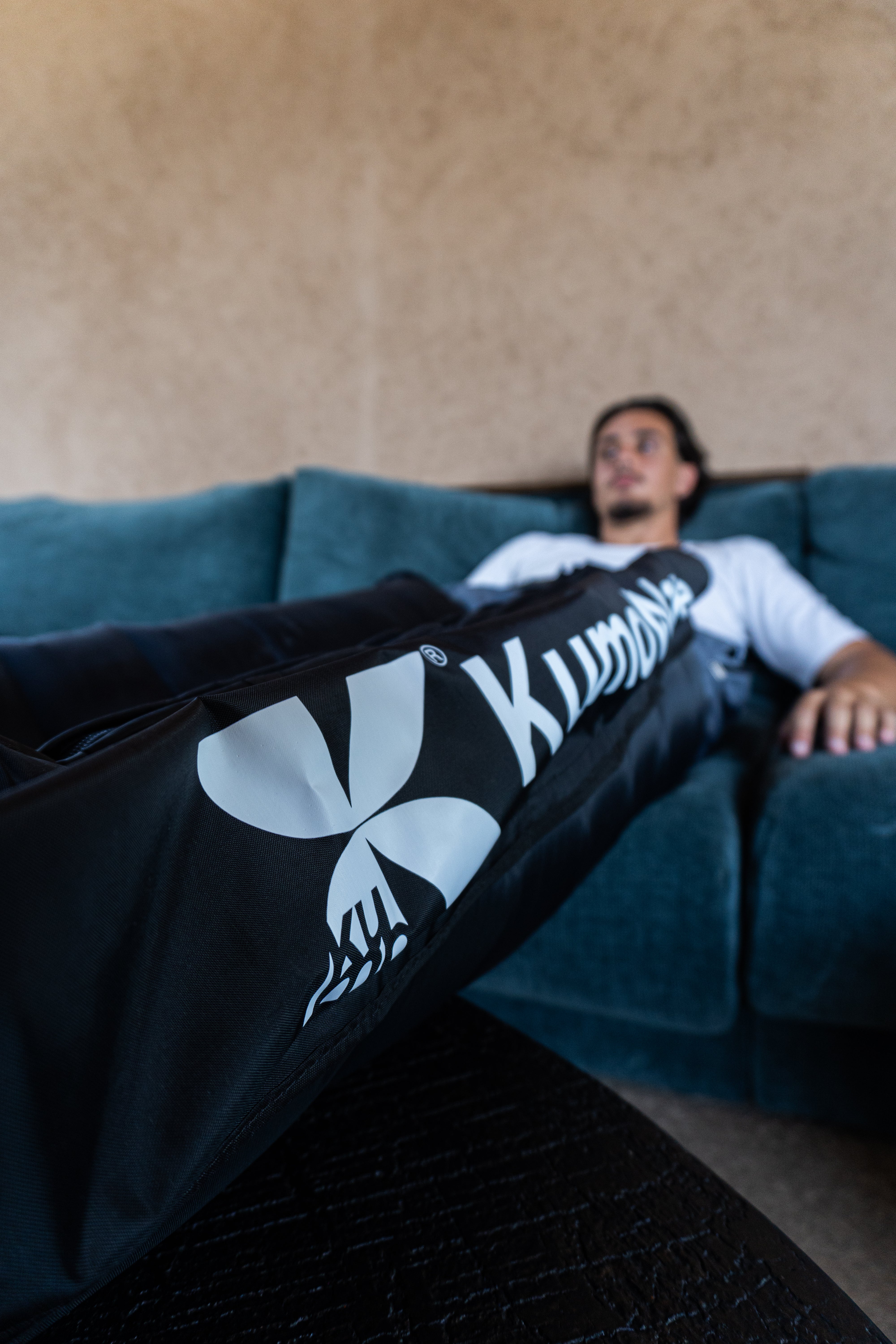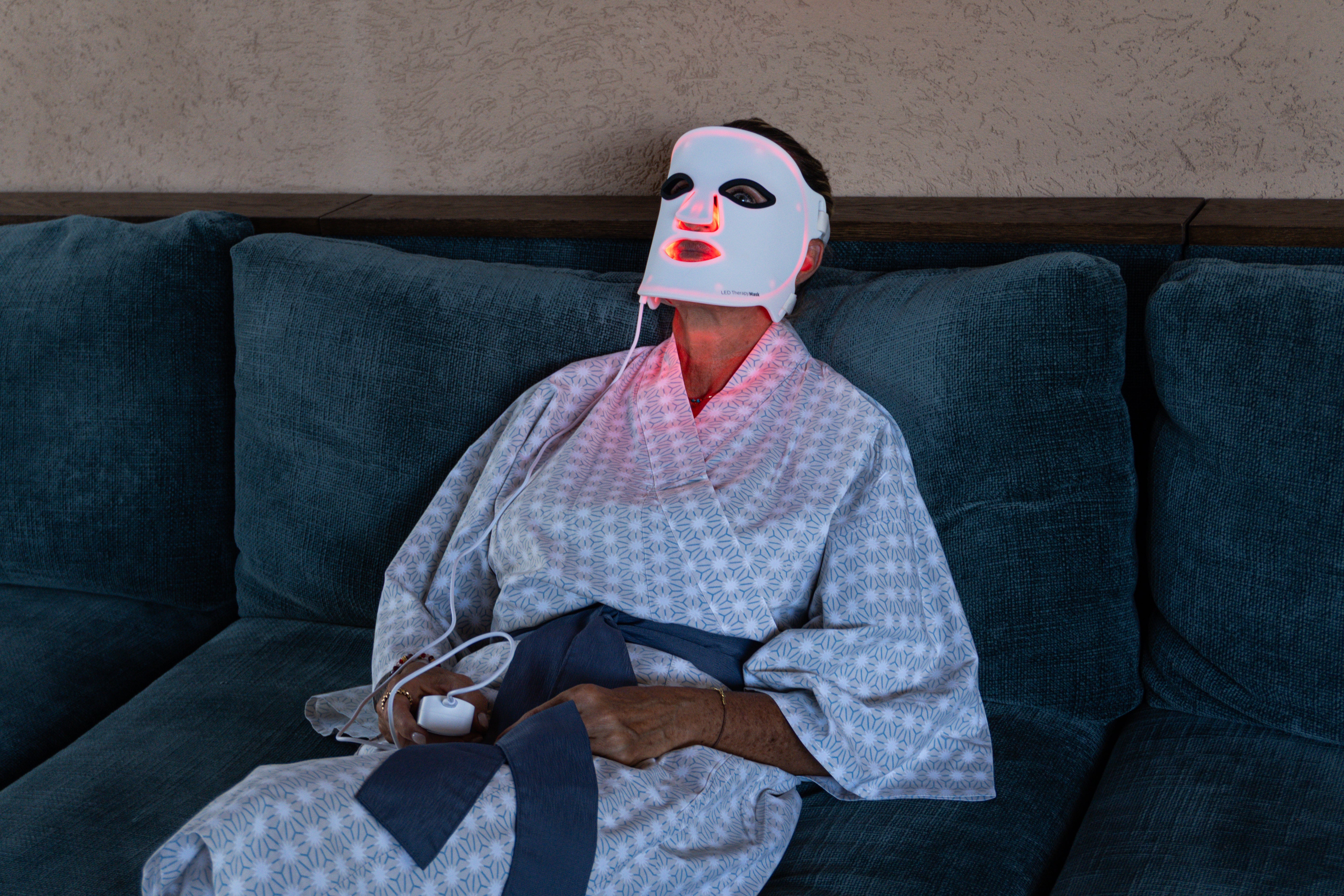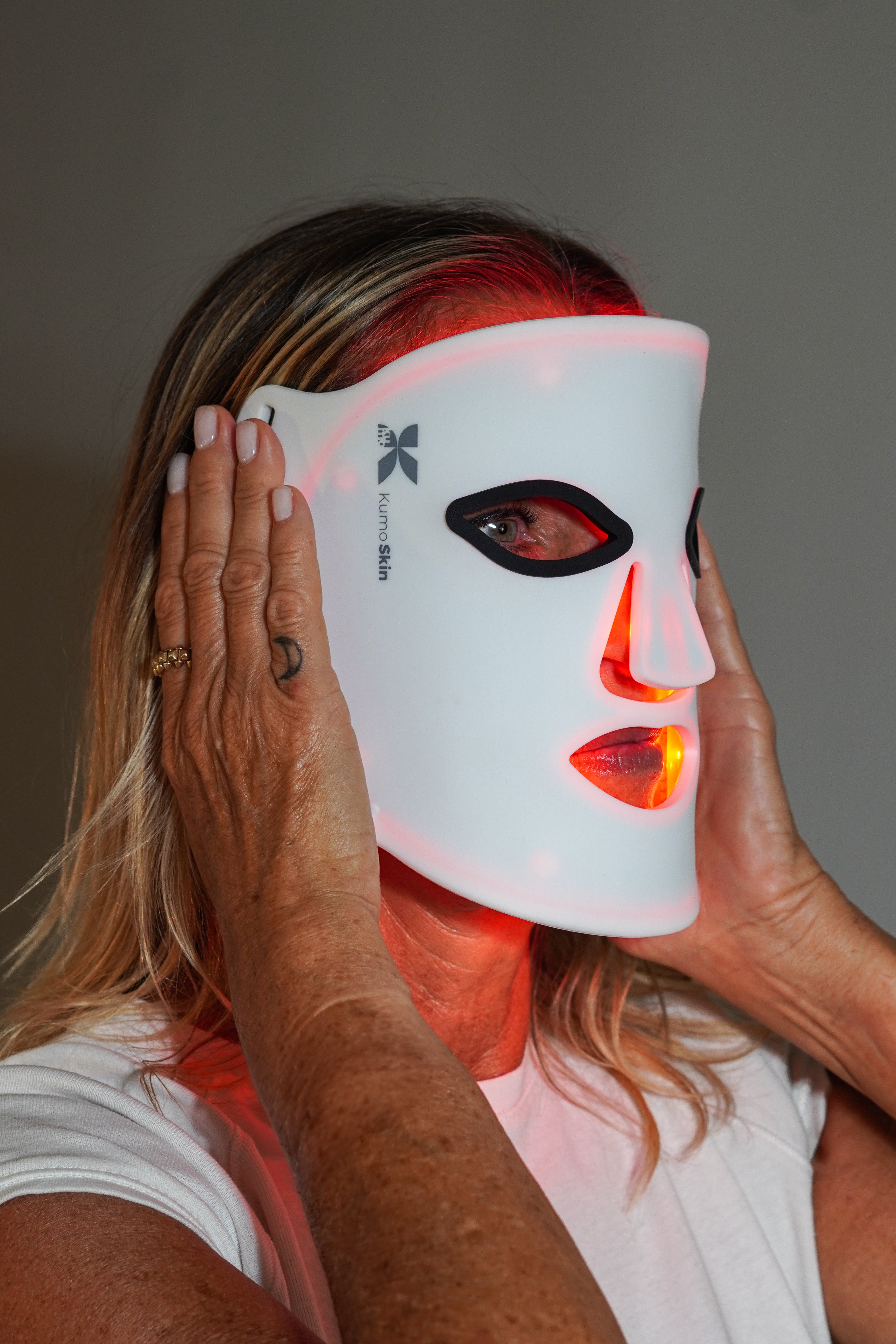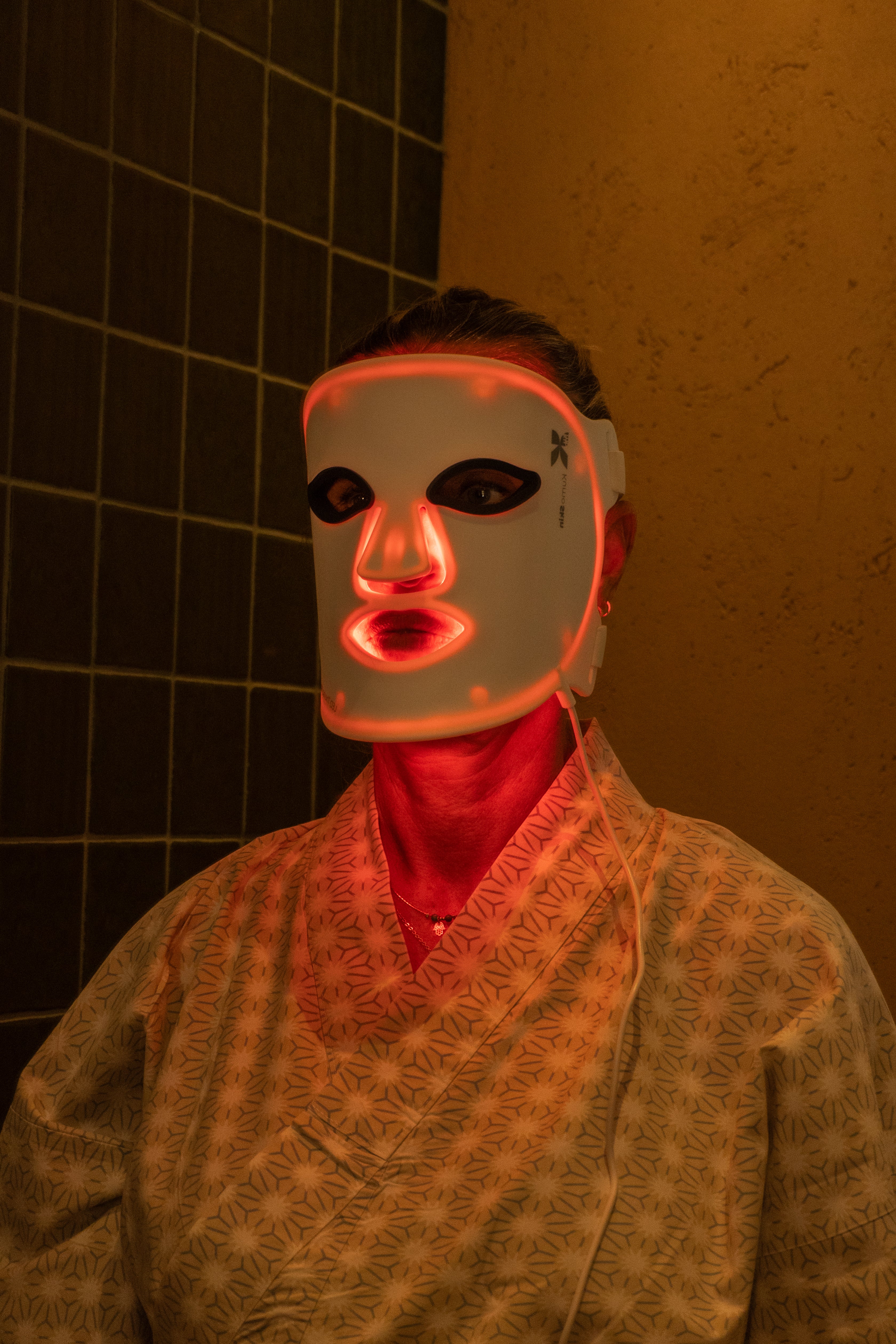LED facial mask for brighter skin: here's the step-by-step routine. If you're looking for how to properly use an LED light mask at home, this guide takes you from preparation to aftercare, with timing, frequency, and safety tips to maximize results.
Coming soon
- 10–20 minutes per session, 3–5 days/week depending on the goal.
- Red/near-infrared for firmness and fine lines; blue for acne-prone skin.
- Clean skin, protected eyes, consistency 4–8 weeks to notice changes.
- Hydrating serums afterward and daily sunscreen.
- Avoid overexposure and combine it with recovery habits for best results.
| Passed | Duration | Aim |
|---|---|---|
| Cleaning + preparation | 2–3 min | Leave the skin ready and dry |
| Light selection/settings | 1–2 min | Choose red, blue or mixed and intensity |
| Session with mask | 10–20 min | Stimulate the skin safely |
| Postcare | 2–5 min | Seal with serum/cream and apply SPF |
How LED light works on your skin
Photobiomodulation uses specific wavelengths to activate cellular processes without heat or damage. Red (≈620–660 nm) and near-infrared (≈810–850 nm) light support collagen production and recovery; blue (≈405–470 nm) helps modulate bacteria implicated in acne. Evidence suggests gradual improvements with consistent use and appropriate parameters. See a clinical overview at the American Academy of Dermatology and research reviews at NIH/PubMed .
Tip: Prioritize reliable LED light therapy devices. Explore KUMO's selection of LED light therapy devices .
Step-by-step LED facial mask routine
Before you start: smart preparation
- Cleanse with a gentle cleanser and pat dry. Avoid harsh exfoliants or retinoids immediately beforehand.
- Check your skin: Do not use the mask on wounds, burns, or active dermatitis.
- If this is your first time, perform a 5–7 minute cheekbone sensitivity test to check tolerance.
- Have protective eyewear on hand if the device recommends it, and adjust the straps so they sit without pressure.
Configure your mask: modes, lights and intensity
- Anti-aging/toning goal: Choose red and/or near-infrared light. Start with medium intensity.
- Target skin with imperfections: select blue light or combined blue + red programs.
- Timer: 10–20 minutes is typical for home use; follow your equipment manual.
- Schedule sessions 3–5 times per week for the first 8–12 weeks; then maintenance 1–3 times/week.
For a guide to timing and benefits by wavelength, check out this handy explanation from the Cleveland Clinic.
During the session: comfort and safety
- Lie down or sit with your back supported. Breathe deeply to promote relaxation.
- Keep your eyes closed if you don't wear glasses and avoid looking directly at the LEDs.
- If you experience uncomfortably high temperatures, lower the intensity or stop the session.
After the session: seal the results
- Apply a hydrating serum (e.g., hyaluronic acid), followed by a light cream.
- In the morning, use SPF 30+ daily. Sun protection enhances the effects of red light.
- Avoid harsh retinoids/acids immediately afterward if you have sensitive skin; incorporate them into alternate routines.
Programming and usage times
Frequency according to your objective
- Firmness, radiance, and fine lines: 15–20 minutes, 4–5 days/week for 8–12 weeks; then 2 days/week maintenance.
- Imperfection-prone skin: 10–15 minutes of blue or combination light, 3–5 days/week for 6–8 weeks; then maintenance 1–3 days/week.
- Sensitive skin/first month: Start with 8–10 minutes, 3 days/week, and gradually increase as tolerated.
When will I see results?
Most people notice subtle changes in texture and radiance starting at 4–6 weeks, with more visible improvements around 8–12 weeks with consistency. Photobiomodulation works cumulatively; don't expect dramatic changes within days. For a synthesis of the evidence and parameters for safe use, see this NIH/PubMed review of low-level light therapy in dermatology.
Integrate your LED mask into a KUMO recovery routine
Boost your well-being by combining light therapy with recovery habits and tools:
- After training, use red light in the evening to promote relaxation and sleep, and complement it with a massage gun to release muscle tension in 5–10 minutes.
- If you spend long hours on your feet, boost your circulation with our pressure therapy boots and save the LED mask for your nighttime facial.
- Explore more high-performance solutions at KUMO .
Safety, contraindications and care
Home LED therapy is considered noninvasive and generally safe when used as directed. However, avoid use if you have a known photosensitization, are taking photosensitizing medications (consult your doctor), are pregnant without professional authorization, or have active skin lesions. Protect your eyes if your device indicates it, and do not exceed the exposure time limits. The AAD summarizes precautions and uses in its light therapy guide.
Common mistakes and how to avoid them
- Overexposure: More minutes don't equal better results; respect your breaks and rest periods.
- Dirty skin or makeup: reduces effectiveness and can clog pores.
- Inconsistency: Benefits are cumulative; schedule reminders.
- Powerful active ingredients immediately before/after: alternate retinoids or acids to minimize irritation.
- Ignore manuals: Adjust intensity and distance according to the manufacturer.
Frequently Asked Questions
How many minutes should you use the LED mask and how many times per week?
For home use, 10–20 minutes per session is a common and safe range. Start at the low end if your skin is sensitive and gradually increase. As for frequency, aim for 3–5 times per week for 6–12 weeks to build results; then 1–3 times per week for maintenance. Avoid consecutive, long sessions on the same day. Adjust the plan based on your goal (anti-aging vs. blemishes) and your skin's response, prioritizing consistency.
What color of light should you choose for each objective?
Red and near-infrared light are associated with collagen support, elasticity, and a more even tone, making them suitable for anti-aging and radiance-boosting goals. Blue light is used for acne-prone skin, given its effect on skin bacteria and the appearance of blemishes. Many devices offer combination programs (blue + red) to simultaneously address the appearance of breakouts and skin recovery. Select the mode based on your priority and tolerance.
Can I use the LED mask with retinol, acids or vitamin C?
Yes, but adjust the timing. To minimize irritation, avoid applying retinoids or exfoliating acids just before or immediately after the session. A practical guideline: perform the session on clean skin, apply hydrating serums (hyaluronic acid, peptides), and leave potent active ingredients for the alternate night or several hours afterward. Vitamin C is generally tolerated in the morning with sunscreen. Monitor your skin's response and reduce the frequency if you notice sensitivity.
When will I see results and how can I measure them?
Changes are typically gradual: improved radiance and texture in 4–6 weeks, with more visible benefits around 8–12 weeks with consistent use. To objectively measure, take photos in the same location and lighting every 2 weeks and note areas such as crow's feet, nasolabial folds, or cheeks with visible pores. You can also keep a journal of your sensations (smoothness, brightness, evenness of tone) and adjust the timing/frequency based on tolerance and goals.
How to clean and maintain the LED mask?
Unplug the device, let it cool, and wipe it with a soft cloth slightly dampened with water and a neutral cleaner. Avoid strong alcohols and abrasive products that can dull the material or damage the LEDs. Dry completely before storing it in a dry place. Periodically check the straps and charging ports. If you have questions about maintenance or the warranty, please contact the support team .
The essentials
- Winning consistency: 10–20 min, 3–5 times/week for 8–12 weeks.
- Choose the mode according to your goal: red/near infrared (anti-aging), blue (blemishes).
- Clean skin, protected eyes and post-care with hydration + SPF.
- Avoid overexposure and coordinate with powerful active ingredients on alternate days.
- Integrate the mask into an overall recovery routine to maximize benefits.
Ready to take your care to the next level? Discover light and recovery solutions in our LED therapy collection or explore the entire KUMO universe at kumobalance.com .
